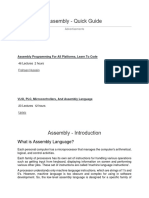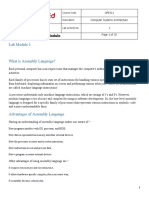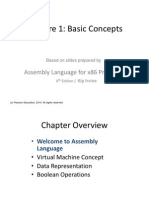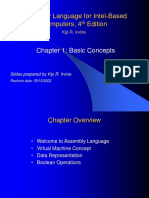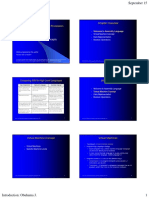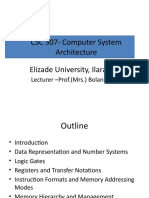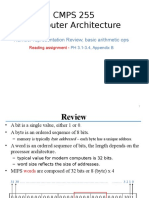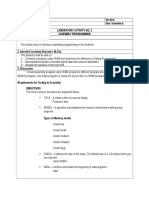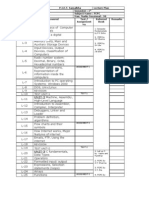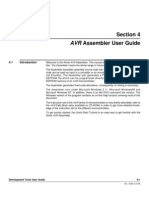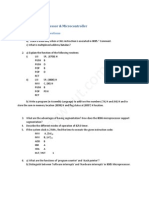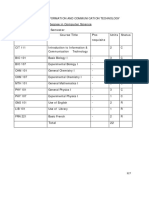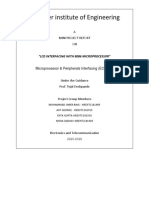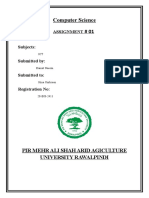0% found this document useful (0 votes)
31 views46 pagesIntro To Architecture
The document outlines a course on Computer Organization and Assembly Language, detailing course structure, assessment methods, and required readings. It covers various topics including IA-32 Processor Architecture, Assembly Language fundamentals, data representation, and Boolean algebra. Additionally, it provides insights into binary and hexadecimal number systems, signed integers, and the use of truth tables in Boolean functions.
Uploaded by
Kashmala SaharCopyright
© © All Rights Reserved
We take content rights seriously. If you suspect this is your content, claim it here.
Available Formats
Download as PPT, PDF, TXT or read online on Scribd
0% found this document useful (0 votes)
31 views46 pagesIntro To Architecture
The document outlines a course on Computer Organization and Assembly Language, detailing course structure, assessment methods, and required readings. It covers various topics including IA-32 Processor Architecture, Assembly Language fundamentals, data representation, and Boolean algebra. Additionally, it provides insights into binary and hexadecimal number systems, signed integers, and the use of truth tables in Boolean functions.
Uploaded by
Kashmala SaharCopyright
© © All Rights Reserved
We take content rights seriously. If you suspect this is your content, claim it here.
Available Formats
Download as PPT, PDF, TXT or read online on Scribd
/ 46


















